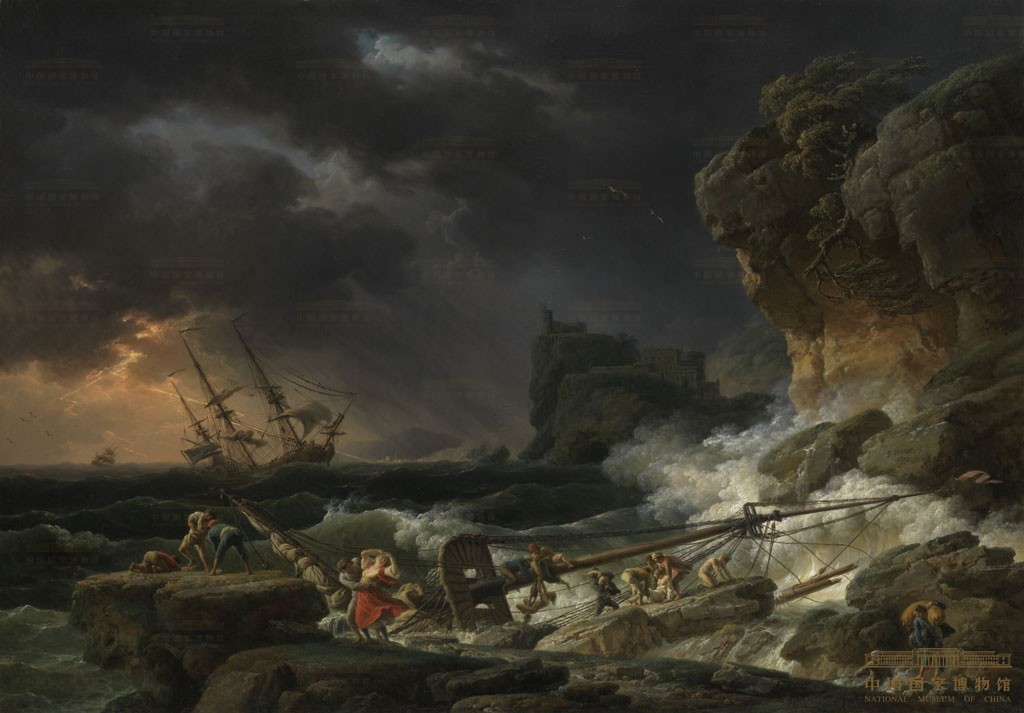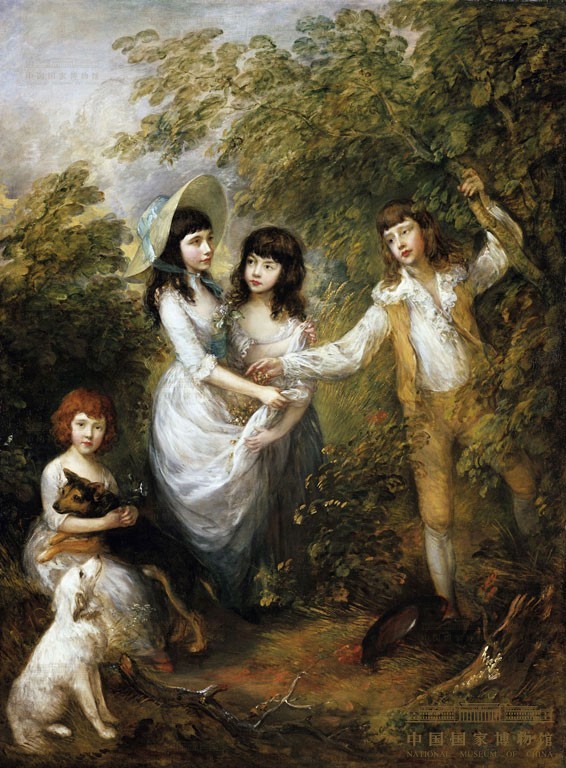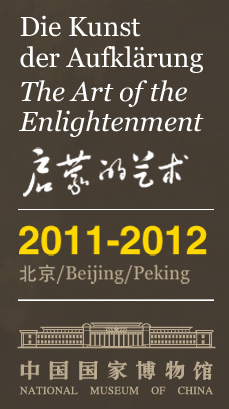Home - Introduction - Back to Nature

Caspar David Friedrich (1774-1840)
Megalithic Tomb in Snow
1807
Canvas, 61.5 x 80 cm
Staatliche Kunstsammlungen Dresden, Galerie Neue Meister, inv. no. 2196
In the eighteenth century nature became the ideal and source of morals, enlightenment and the pursuit of happiness. Culminating in the call “Back to Nature” are the teachings of the philosopher Jean-Jacques Rousseau, whose aim was to correct urban society’s alienation from nature. Now people went walking in the countryside. For the first time mountains were discovered as destinations for travel and exploration. In the fine arts the cult of nature found expression in landscape painting. In seeking recourse to classical antiquity it celebrated humanity’s close communion with an ideal nature and sought to depict the unrestrained power of natural forces. Mountains, storms and waterfalls evoked both pleasure and fear and could be experienced as manifestations of the sublime. In portrait painting, too, landscape played a role. People receptive to these ideas displayed their naturalness by having themselves portrayed in the open air.

Claude-Joseph Vernet (1714-1789)
Shipwreck in a Thunderstorm 1770
Canvas, 114.5 x 163 cm
Bayerische Staatsgem.ldesammlungen, Alte Pinakothek, Munich, inv. no. 444

Thomas Gainsborough (1727-1788)
The Marsham Children 1787
Canvas, 242.9 x 181.9 cm
Staatliche Museen zu Berlin, Gemldegalerie, inv. no. 82.4







